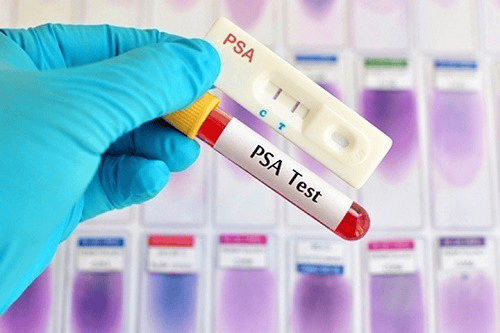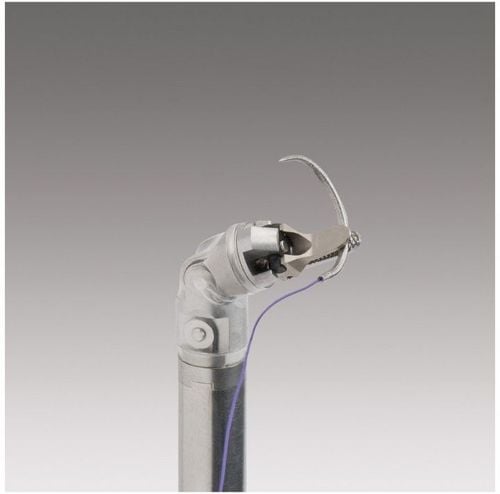This is an automatically translated article.
The article was professionally consulted by MSc Hoang Tho, Department of General Surgery - Vinmec Times City International General Hospital.Prostate cancer is one of the most common cancers in men. This is a rather dangerous disease, if not detected and treated promptly can lead to unpredictable consequences.
1. General information about prostate cancer
The prostate is a gland found only in men, located below the bladder, in front of the large intestine. The prostate gland surrounds the urethra, which is extremely important for the reproductive process, as it is the organ that produces semen and transports sperm.
In case there is a family history of prostate cancer. Usually, prostate cancer will be diagnosed through a physical examination combined with conducting laboratory tests in the anus and rectum, examining the prostate biopsies by rectal ultrasound, and examining the prostate gland. blood test.
Among the diagnostic tests for prostate cancer, PSA is considered the most accurate method for timely treatment.
2. What is PSA?
PSA is an antigen secreted by the epithelial cells of the prostate gland, with a molecular weight of 30,000 to 34,000 daltons. This is a prostate-specific antigen and is encoded by the KLK 3 gene.PSA is considered a marker in the diagnosis of prostate cancer through the ratio of free PSA / total PSA. About 30% of PSA in the blood is not bound to protein, also known as free PSA and has no proteolytic function.
3. Importance of PSA test in prostate cancer diagnosis
PSA testing should be performed annually for men aged 50 and older, 40 years and older with family history of the disease, thereby helping to screen and detect cancer early. Prostate .
3.1 Total PSA assessment index in normal people
A normal person will have a very low level of total PSA in the blood, < 4 ng/mL. However, because prostate size increases with age, there are different evaluation criteria for different age groups.40 - 49 years old: PSA ≤ 2.5 ng/mL 50 - 59 years old: PSA ≤ 3.5 ng/mL 60 - 69 years old: PSA 4.5 ng/mL 70 - 79 years old: PSA ≤ 6.5 ng/mL
3.2 Determining the risk of prostate cancer through the total PSA index

Those with a total PSA increase rate > 0.75 ng/mL/year were identified as having a high risk of prostate cancer, in addition, in cases of PSA rise < 0.75 ng/mL/year were identified. diagnosed with at-risk prostate disease but benign.
However, an increase in total PSA in the blood does not mean prostate cancer, but can be a sign of some other diseases such as prostatitis, benign prostatic hypertrophy. Therefore, to accurately diagnose prostate cancer, it is necessary to consider the free PSA level in the blood.
3.3 Accurate diagnosis of prostate cancer by the ratio of free PSA/total PSA in the blood
In case the total PSA index increases from 4.1 to 10 ng/mL, combined with the determination of the free PSA/total PSA ratio in blood ≤ 0.155, with 85% sensitivity and 56.5% specificity, helps diagnose patient with prostate cancer.
Please dial HOTLINE for more information or register for an appointment HERE. Download MyVinmec app to make appointments faster and to manage your bookings easily.














